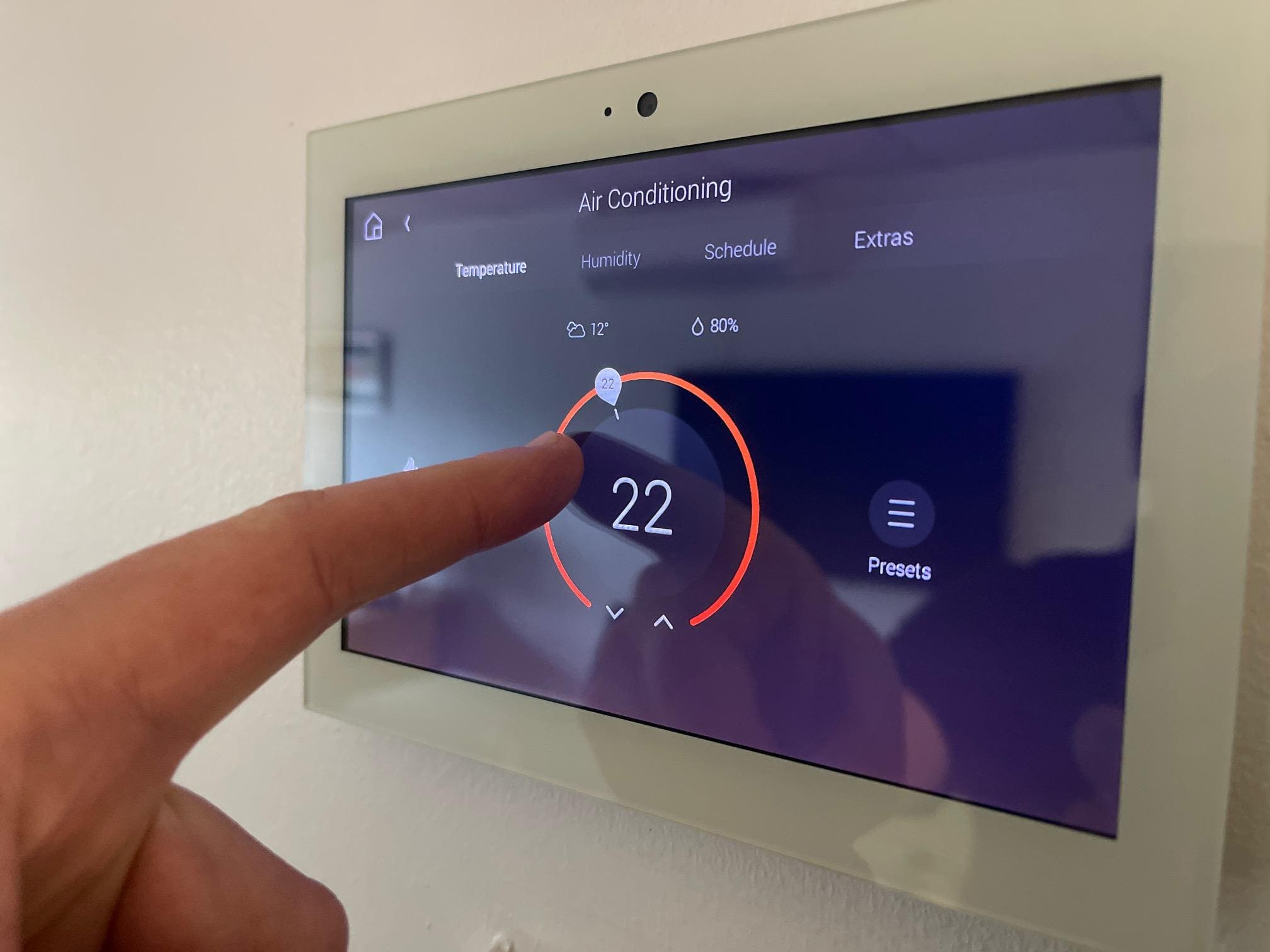24, Soi Thawon Thawat 1, แขวงหัวหมาก, 10240, ประเทศไทย +66 95-457-300-9 vetrasocz-marketing-collaborations@outlook.com

Our team at Vetrasocz embarked on a mission to redefine environmental management through advanced automation. The core challenge involved engineering a sophisticated system capable of dynamically optimizing climate and comfort across diverse settings, from commercial spaces to specialized industrial facilities. We aimed to transcend conventional control, moving towards a proactive, predictive model that elevates occupant well-being and delivers substantial operational efficiencies. Key objectives included achieving unparalleled precision in environmental regulation, significantly reducing energy consumption via intelligent resource allocation, and providing a seamless, intuitive user experience. We envisioned a solution adapting autonomously to changing conditions, occupant preferences, and external factors, thereby establishing a new benchmark for sustainable and comfortable environments.
The UX/UI design philosophy prioritized creating an intuitive, accessible, and powerful control platform. We adopted a user-centric approach, employing extensive research and prototyping for aesthetic appeal and high functionality. The UI offers a clear, real-time overview of environmental parameters: temperature, humidity, air quality, and occupancy. Core features include personalized comfort profiles, allowing users to define and save preferred settings, and an intelligent scheduling system that learns from usage patterns. Data visualization tools were meticulously crafted to present complex energy consumption metrics and system performance indicators in an easily digestible format, empowering users with actionable insights. The design ensures seamless responsiveness across various devices, from desktop dashboards to mobile applications, maintaining a consistent and efficient interaction model.
The system's architecture was engineered for robustness, scalability, and security, built upon a modular microservices framework. This approach facilitated independent development, deployment, and scaling of components, ensuring high availability and resilience. At its core, the solution leverages a comprehensive IoT ecosystem, integrating a wide array of sensors for granular data collection on environmental conditions and occupancy. Advanced machine learning algorithms form the intelligence layer, continuously analyzing historical and real-time data to predict optimal climate adjustments, anticipate comfort needs, and identify inefficiencies. We implemented a hybrid cloud infrastructure, utilizing edge computing for low-latency control decisions locally, while a centralized cloud platform handles extensive data processing, long-term storage, and complex analytical tasks. Data transmission is secured end-to-end using industry-standard encryption protocols, safeguarding sensitive information and ensuring system integrity. The technology stack was carefully selected to support high-volume data ingestion, real-time processing, and reliable communication across diverse hardware.
The project's realization followed an agile development methodology, structured into iterative sprints. Each sprint focused on delivering incremental value, encompassing design, development, and rigorous testing phases. Development cycles were characterized by continuous integration and automated testing, ensuring code quality and early detection of issues. Extensive unit, integration, and system testing were performed in simulated environments mirroring real-world conditions. This was complemented by comprehensive user acceptance testing (UAT) involving diverse stakeholders, whose feedback was crucial for validating functionality and usability. Throughout these stages, performance metrics were closely monitored, and initial optimizations were implemented to ensure the system met its stringent requirements for responsiveness and efficiency.
Following initial deployment and based on internal analysis alongside valuable user feedback from UAT, several significant refinements and iterations were introduced. The user interface underwent enhancements to further simplify complex scheduling options and improve the clarity of energy consumption reports, making them even more intuitive. We optimized the underlying machine learning models, leading to faster adaptation times and more precise predictive capabilities, especially in dynamic environments. Performance improvements included database indexing for quicker data retrieval and adjustments to load balancing algorithms to handle increased data throughput more efficiently. Furthermore, security protocols were fortified with multi-factor authentication options and enhanced intrusion detection mechanisms. New features, such as proactive maintenance alerts for connected hardware and customizable anomaly detection thresholds, were integrated to provide deeper operational insights and minimize downtime.
The successful deployment of the Automated Climate & Comfort Solutions project has yielded substantial positive outcomes. We achieved an average reduction in energy consumption of up to 25% across pilot installations, directly translating into lower operational costs for our clients. User satisfaction metrics showed a remarkable improvement, with surveys indicating a 90% positive rating for perceived comfort and ease of use. The system's predictive capabilities have significantly reduced the need for manual adjustments, freeing up valuable resources and improving overall operational efficiency. This innovative solution has not only enhanced the value proposition of Vetrasocz but has also solidified our reputation as a leader in intelligent environmental management. It demonstrates our commitment to delivering cutting-edge technology that drives both sustainability and superior user experiences, contributing directly to the evolution of smart, responsive environments.